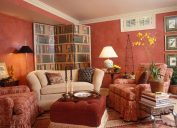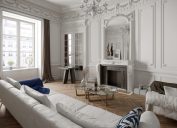17 Amazing Vintage Home Features That Are Too Charming for Words
Goodbye minimalism; hello colorful tiling and ornate fixtures.

Unlike a house built in the 21st century, a vintage home has a story to tell, much of which you can glean from looking at its structure and design. "Ornately sculpted crown molding or carefully constructed wood millwork details expose the home's history," says Olivia Roha, a designer at Dixon Projects in New York City. "While in the presence of these aged architectural features, we are reminded of the house's original occupants, while also considering the high level of skill needed to create these features. This brings a level of character to the home that can't be found in new constructions."
But if your home was built in modern times and is lacking in centuries-old details, all hope is not lost! There are plenty of ways that you can infuse vintage charm into your humble abode. With the help of Roha, we've come up with ways to add character to your home décor, complete with particular product recommendations for each feature.
1
A Ceiling Medallion
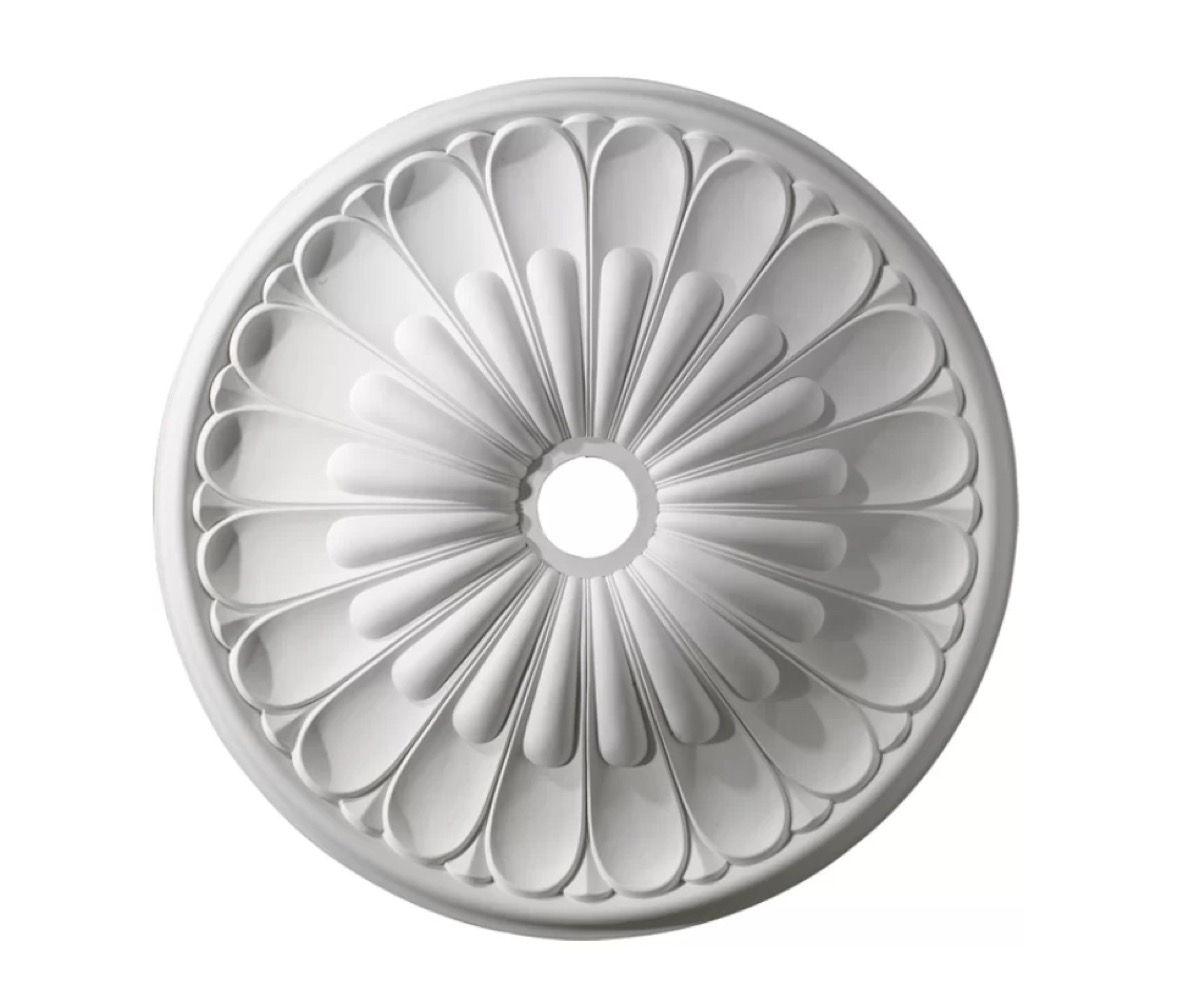
$285$136; buy now at Wayfair
The Victorian era witnessed the popularity of ceiling medallions, lighting accessories intended to cover up wiring that remained in vogue until the 1930s, as Old House Journal notes.
But recently, these ornamental fixtures have made a comeback. If you want to give your house a delicate vintage touch, this medallion by Wayfair has the power to be a simultaneously subtle and powerful addition to your ceiling fixture.
Best Life's editors have scoured the internet to bring you the best products out there, and we're hoping you'll love them as much as we do. Full disclosure: We may earn a commission for anything you purchase through links on this page, but that doesn't mean you'll pay more for them (we'd never do that to you!). Pricing and availability are accurate as of the piece's initial publication date, but it's the internet and we can't guarantee that these sweet, sweet deals will last forever, so scoop them up before someone else does!
2
A Clawfoot Tub
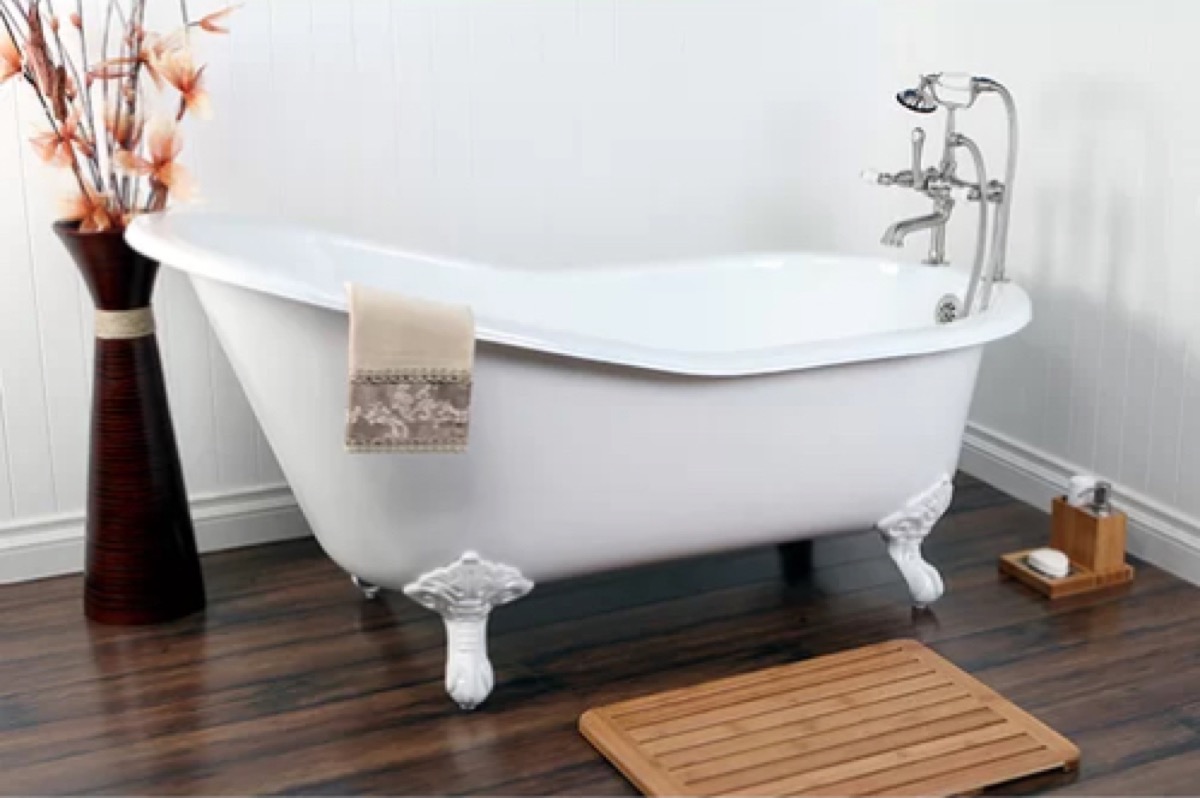
$2,300$1,200; buy now at Wayfair
Clawfoot tubs have been highly-prized bathroom accessories all over the world for nearly 300 years. However, the actual claw styles on the bathtubs vary from country to country. In America, for instance, it's common to see an eagle's talon as the "claw," while in England, you're more likely to see a lion's claw, according to House Appeal.
In the market for a vintage tub of your own? This clawfoot iteration from Wayfair is small enough to fit in nearly any space and elegant enough to charm the pants off all visitors.
3
A Dutch Door
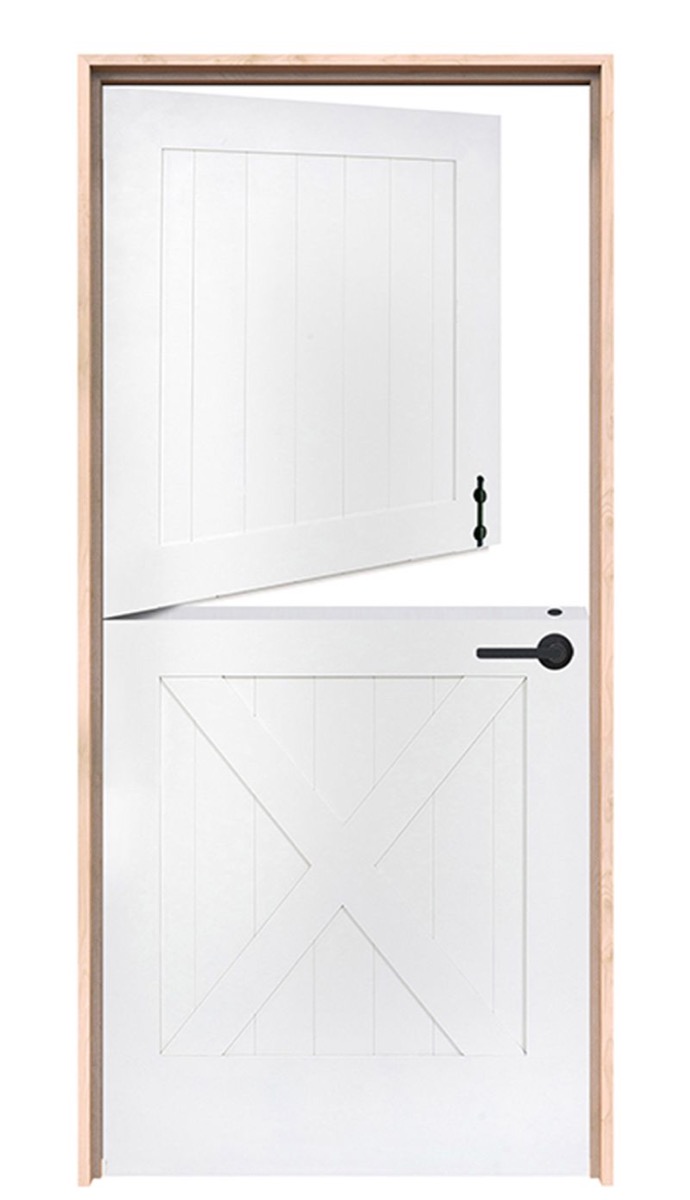
$398; buy now at Rustica
When the Dutch door was first created in the 17th century, it was a novel architectural feat that allowed farmers to open the door without letting sheep and goats into their homes, according to Houzz.
Centuries later, American homeowners are still crazy about this feature—even though most of them don't have to worry about farm animals wandering into their abodes. For anyone who would like to instill a bit of vintage farmhouse charm into their home, this Dutch door from Rustica features a country style tongue and groove on the top door panel for the perfect vintage vibe.
4
A Transom Stained Glass Window
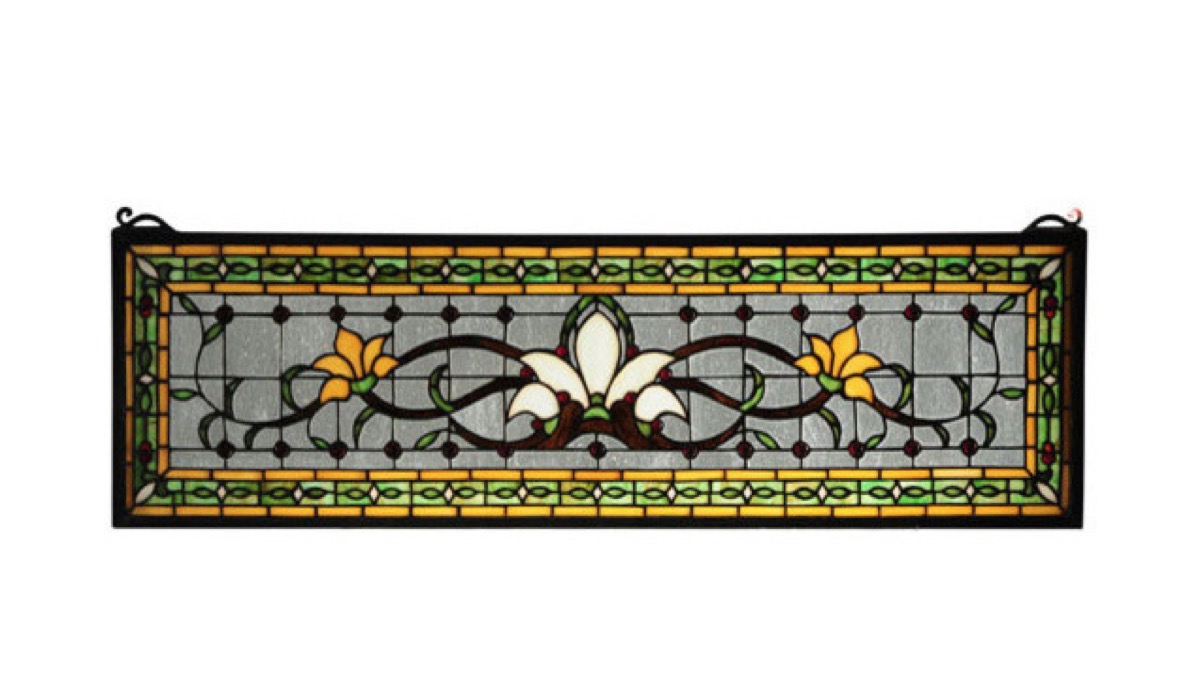
$384; buy now at Houzz
Beginning in the 14th century, transom windows—especially of the stained glass variety—were a popular fixture over doorways, according to Bob Vila. Now, centuries later, these windows have found their way back into the architectural mainstream, and quirky (and affordable) options are available at many retailers. This gorgeous offering from Houzz, for instance, has all of the charm and brightness of the stained glass pieces from way back when, and you can own it for under $400.
5
A Door Mail Slot
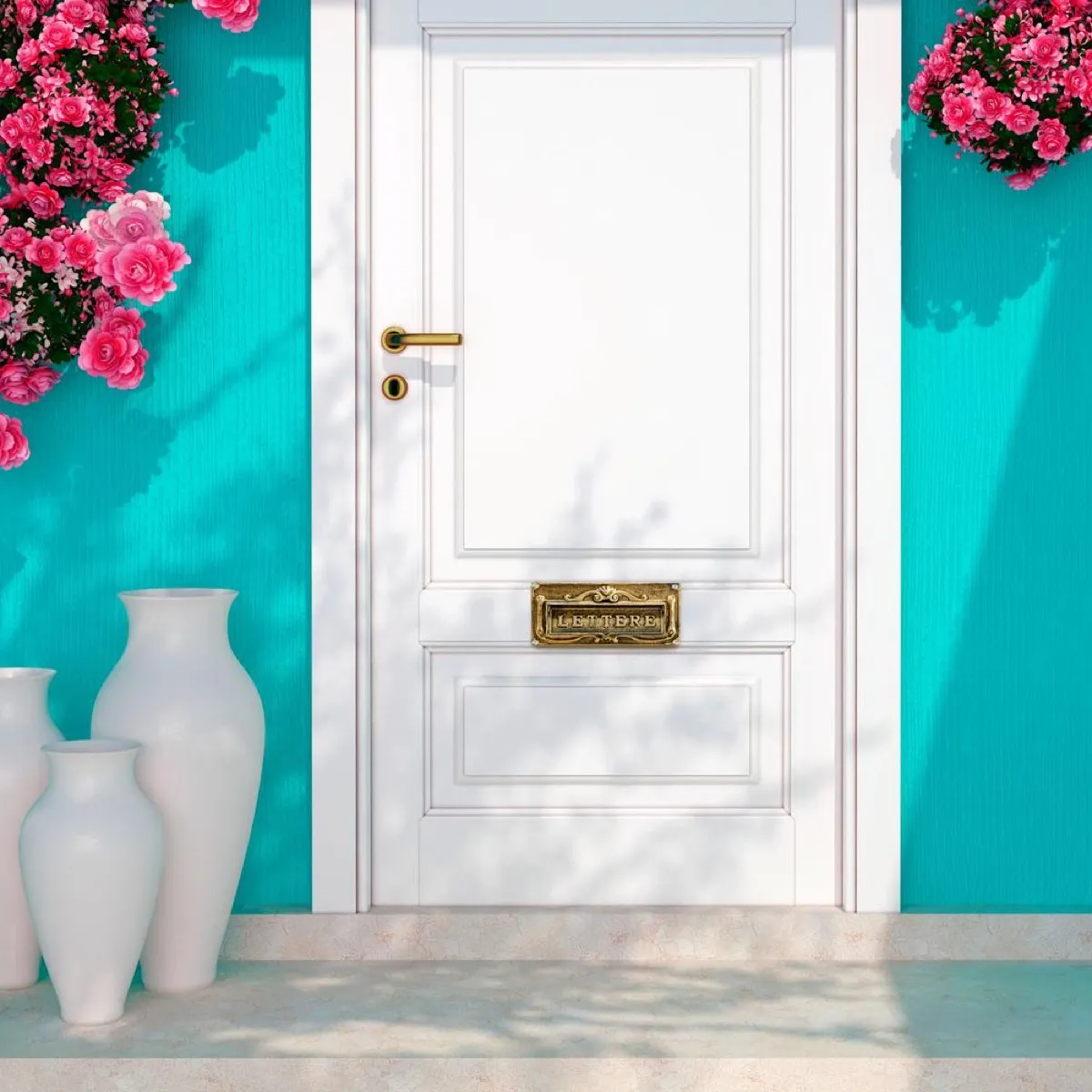
$46; buy now at Home Depot
Though mailboxes have been the more popular option for decades, old-fashioned mail slots are coming back in fashion. Even if you don't want to use it for anything mail-related, ornate slots like this one from Home Depot can give a charming vintage aesthetic to the facade of your home.
6
Tin Ceiling Tiles
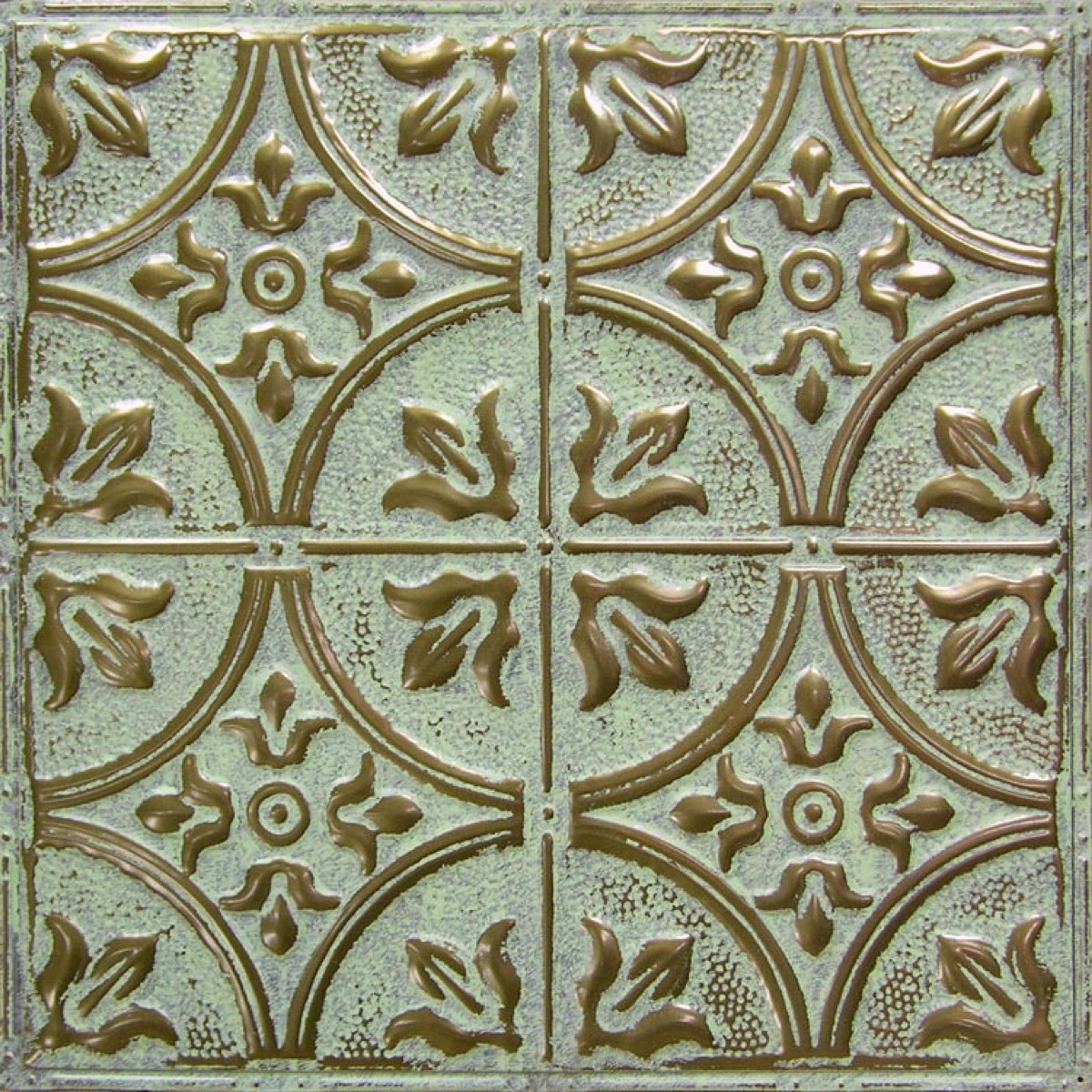
$10 per square foot; buy now at American Tin Ceilings
Tin ceiling tiles were created as an alternative to the heavy and expensive plaster ceilings during the latter half of the 19th century. But Americans were still fond of these decorative metal pieces for decades after their creation in the 1870s, according to Browstoner. Then, during World War II, the number of tin ceilings began to dissipate as more metal was needed for the war.
Today, tin ceilings are experiencing a renaissance of sorts, with companies like American Tin Ceilings offering updated takes on these Victorian era tiles.
7
A Retro Electric Wall Oven

$3,795; buy now at Big Chill
Just a decade ago, homeowners would spend thousands of dollars to rid their homes of retro appliances. Today, though, they're spending thousands to snatch up vintage-inspired refrigerators, ovens, and microwaves that appear to be straight out of the 1950s. One company, Big Chill, even offers authentic retro-looking, modern-functioning appliances in colors that range from pastel pink to bright orange (like this oven above).
8
Leaf Panel Molding
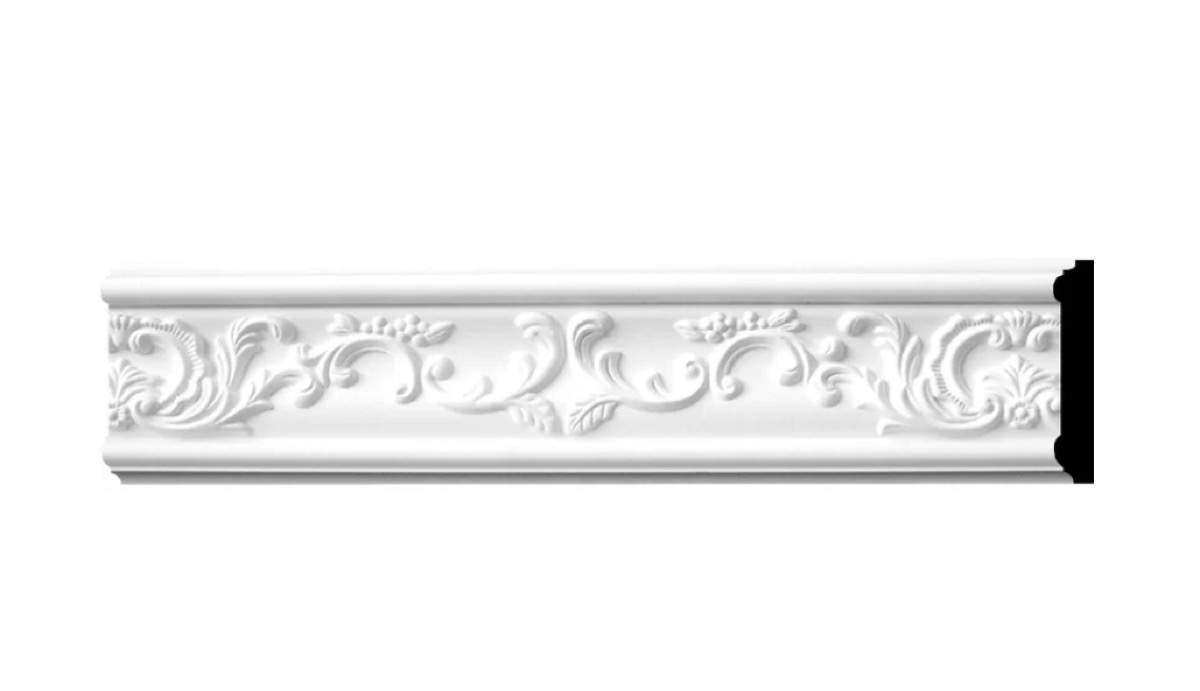
$24; buy now at Wayfair
This coveted architectural staple that dates back to Greek and Roman times, according to Hunker, is the perfection inspiration for your next home design project. To keep your vintage-inspired molding relevant in the 21st century, just be sure that whichever pattern you choose pairs nicely with everything in your home. Something like this leaf panel pattern from Wayfair will do just fine!
9
A Farmhouse Kitchen Sink
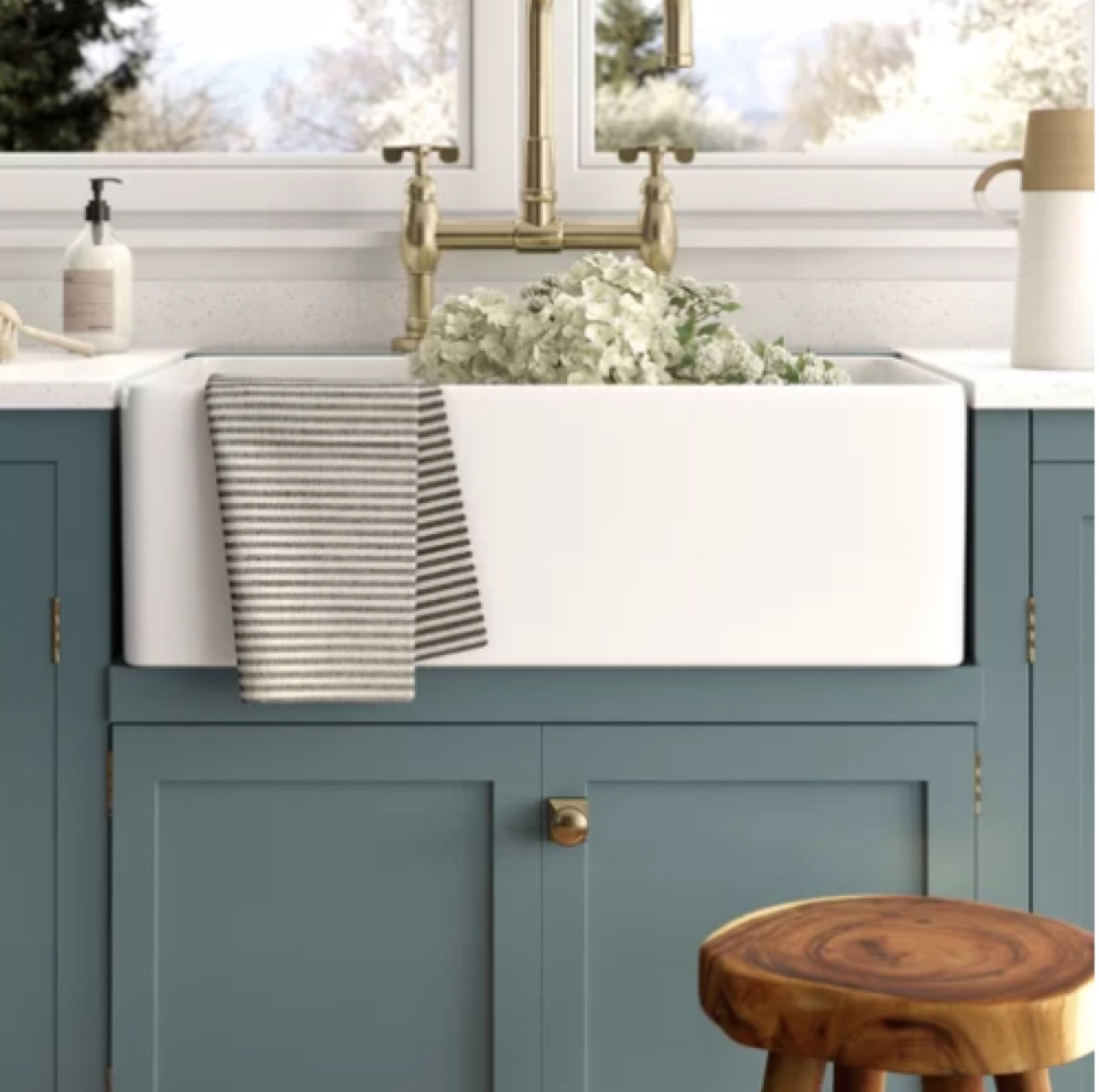
$400; buy now at Wayfair
Since the 17th century, farmhouse sinks (also known as apron front sinks) have remained popular fixtures due to their large basins and exposed fronts that don't require the user to lean over the sink as they normally would. Plus, farmhouse sinks allocate more space for cooking, cleaning, and meal prep. So, investing in one will completely change your kitchen experience and aesthetic!
10
Wall Brackets
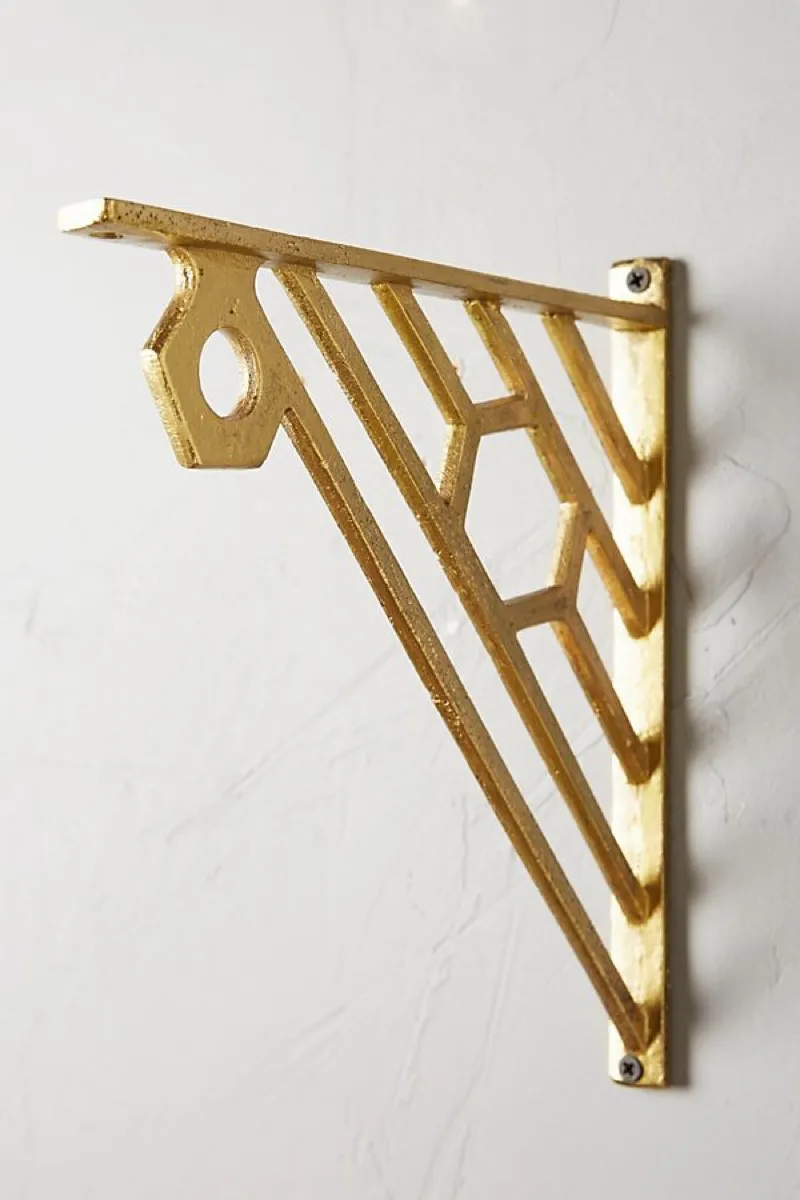
$28; buy now at Anthropologie
The brass fixtures that have been popular as of late are different from their '80s counterparts, as Southern Living points out. Today's iterations are softer, warmer, and, well, not nearly as blinding. If you want to add brass to your home décor, you can channel a vintage state of mind in a modern manner with this brass wall bracket by Anthropologie that manages to bring fashion and function together in a seamless way.
11
Wood Paneling
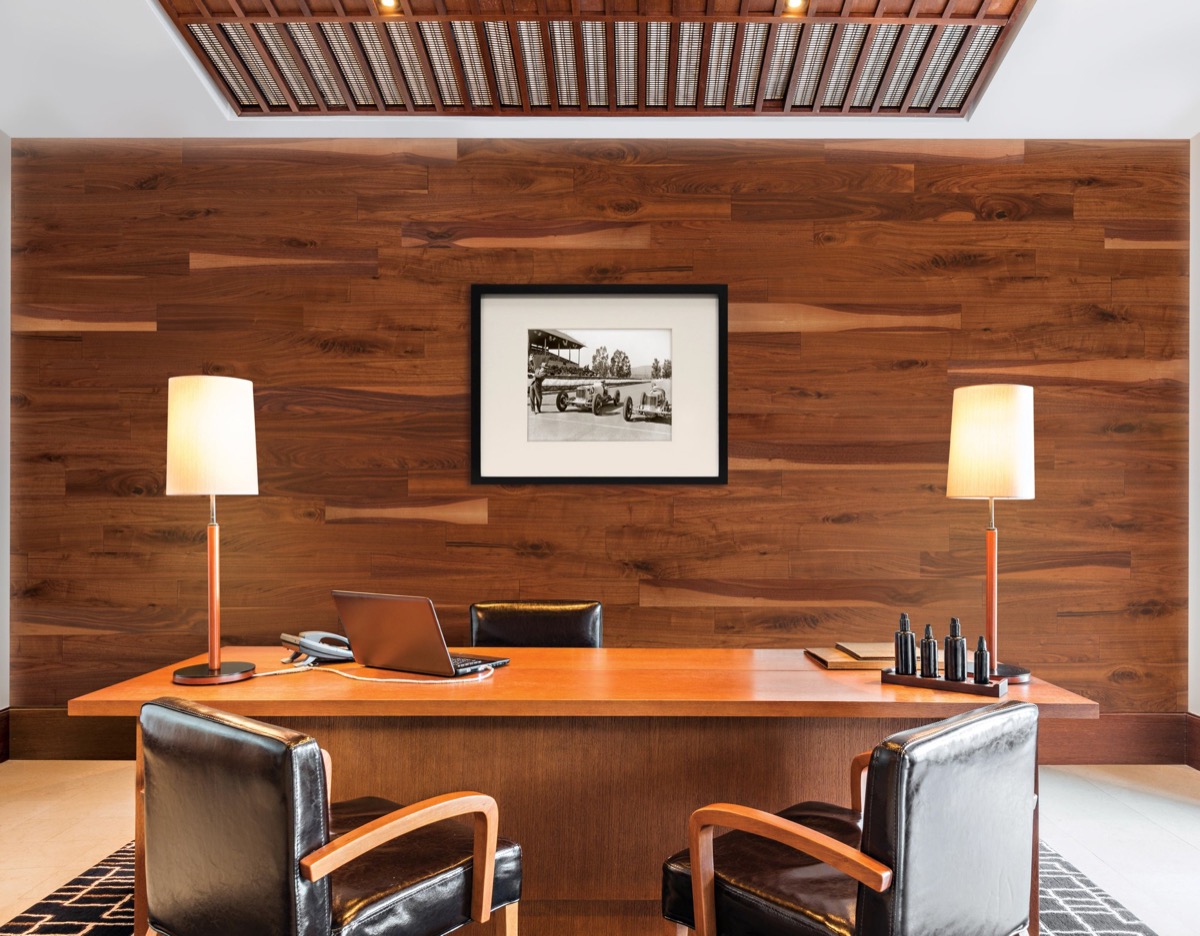
$10 per square foot; buy now at Wall Planks
These all-natural, '60s-inspired walnut wooden panels from Wall Planks will give every guest in your home serious wall envy. Pro tip: To keep your room just as airy and light as ever, be sure that you're only outfitting one of the room's walls in wood paneling to create an accent feature. Otherwise, the wood paneling can overwhelm the room, making it appear darker and less inviting.
12
Exposed Wooden Beams
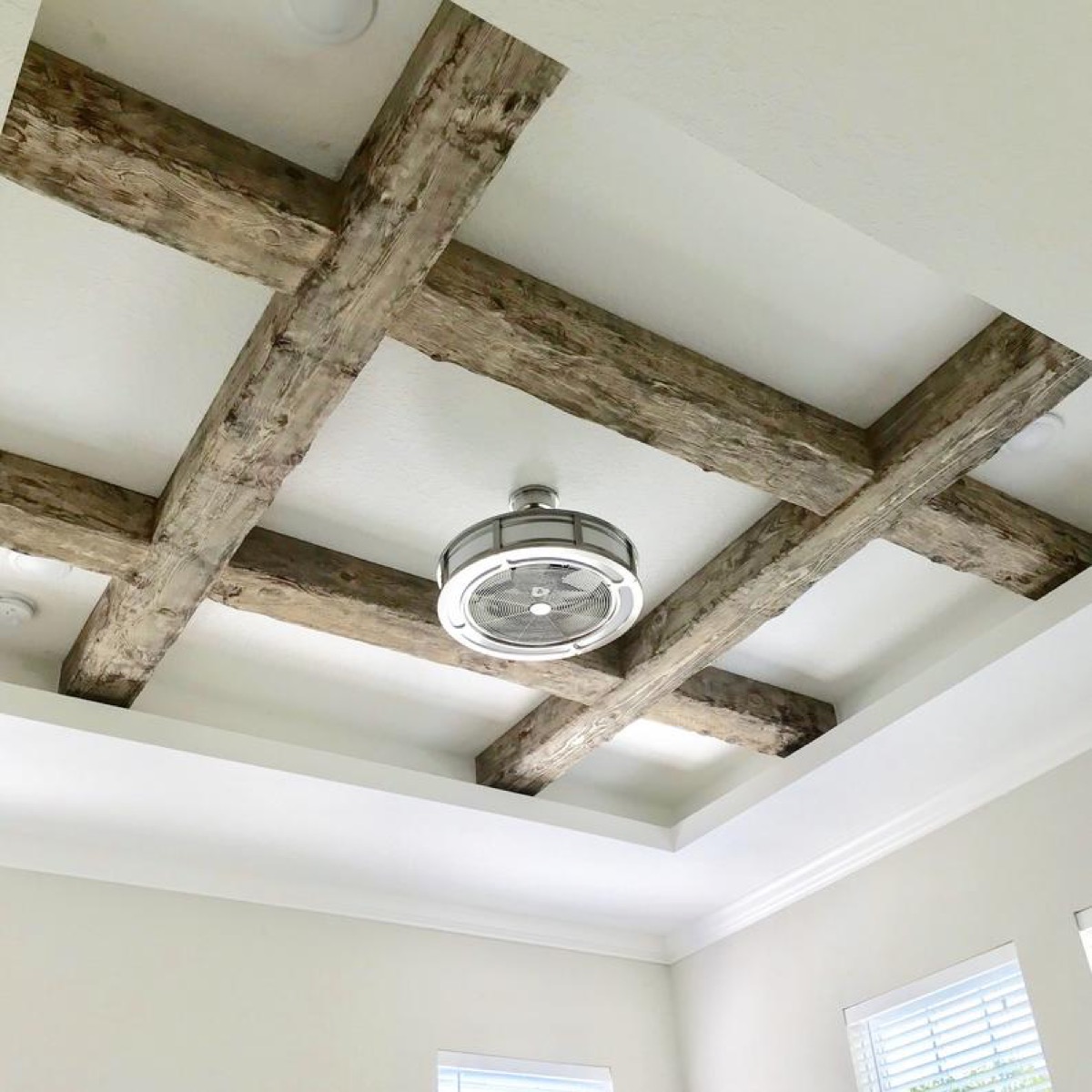
Starting at $530; buy now at Etsy
Wooden beams were once essential to maintaining the structure of the home, providing support for the upper floors and roofs, according to Bob Vila. Today, though, they don't necessarily need to provide support—even if only for the aesthetic value, these beams make a room appear bigger, bolder, and far more charming.
For the most authentic wooden beams, it's best to either create your own using weathered and antique lumber or to head to a craftsman like Rustics Handcrafted Co. on Etsy, who can do all of the staining and weathering for you.
13
Butcher Block Countertops

Staring at $60 per square foot; buy now at Etsy
In the last quarter of the 19th century, two companies in the Midwest changed the meat-prep game with the invention of butcher block. "Up to that point, the most common cutting surface used by butchers was a section of sycamore log," according to McClure Block in Michigan. Soon enough, every home chef wanted it in their home too.
As cleaner lines and more minimalist aesthetics began to take over, butcher block fell out of favor. But now, it's back—and through carpentry craftsmen, like David Grant Howard and his team at Our Handmade Table, you can easily resuscitate this classic look and turn it into the vintage-inspired kitchen conversation piece of your dreams.
14
Barn Doors

$360$341; buy now at Wayfair
Install a barn door (or two) in your home to take your room transition game from functional to fashionable. Decorative doors like this one from Wayfair can open up your space and bring in a bit of farmhouse charm. Just make sure not to install these in a room where privacy is a must—they're not particularly adept at blocking out sound or keeping unwanted visitors out!
15
A Wood-Burning Stove
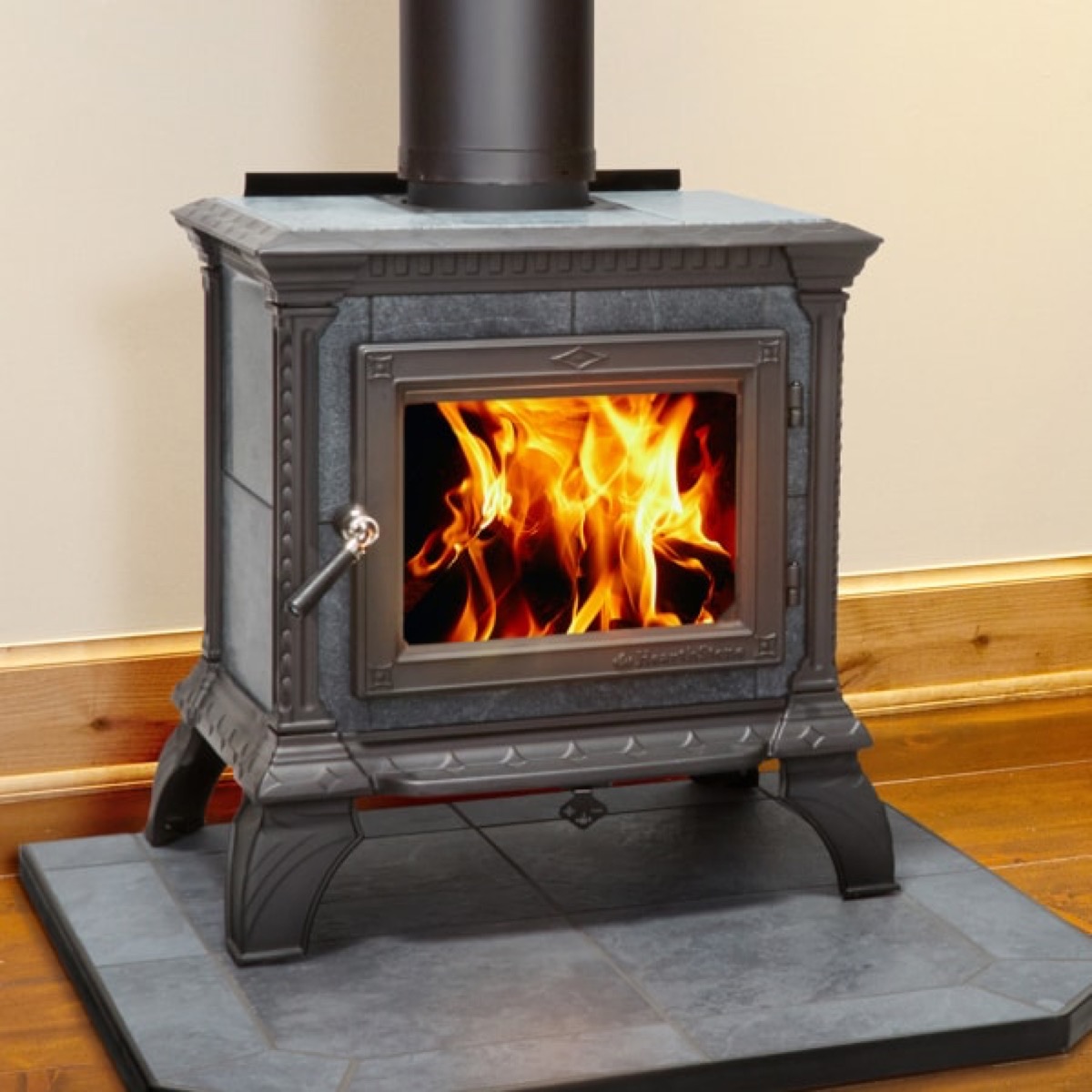
$2,009; buy now at Lehman's
If you're looking to infuse your space with centuries-old rustic charm, then let this wood-burning stove by Lehman's provide the perfect ambiance. Not only is this wooden stove chic, but it's also completely portable and small enough in size that you can easily bring it along on your next outdoor adventure.
16
Vintage-Inspired Ceramic Floor Tiles
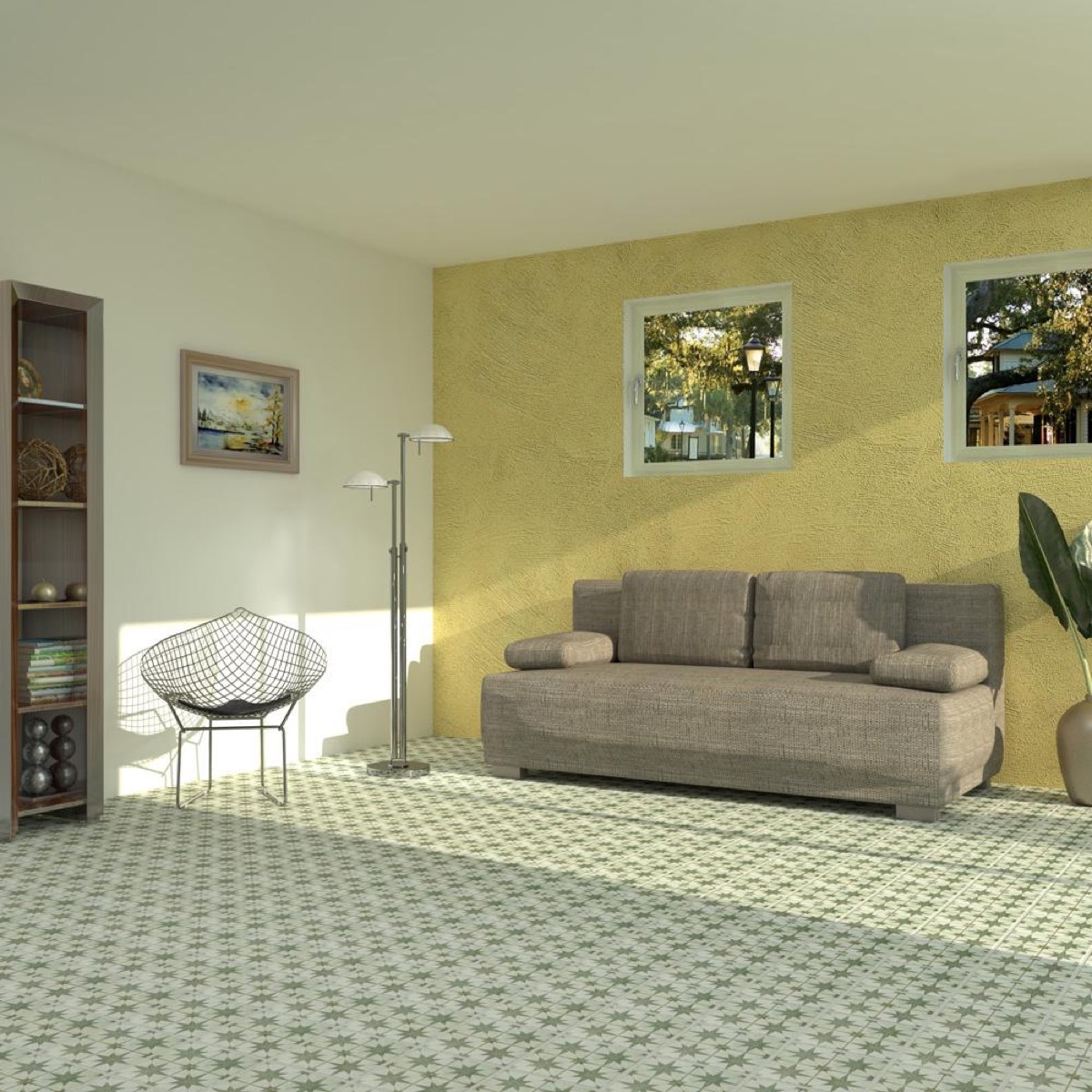
$8.23$6.58 per square foot; buy now at Home Depot
Back in the '60s and '70s, tile patterns tended to be bold—and decades later, interior designers are beginning to yearn once more for the dramatic looks of those bygone eras. While you may not want to hearken back to the days of shag carpeting and avocado-toned toilets, you can at least add a vintage psychedelic vibe to your home with these star-patterned tiles from Home Depot. Not only is this particular variety inexpensive, but it also has the ability to give even the blandest of rooms a little bit of personality.
17
A Wrought Iron Gate
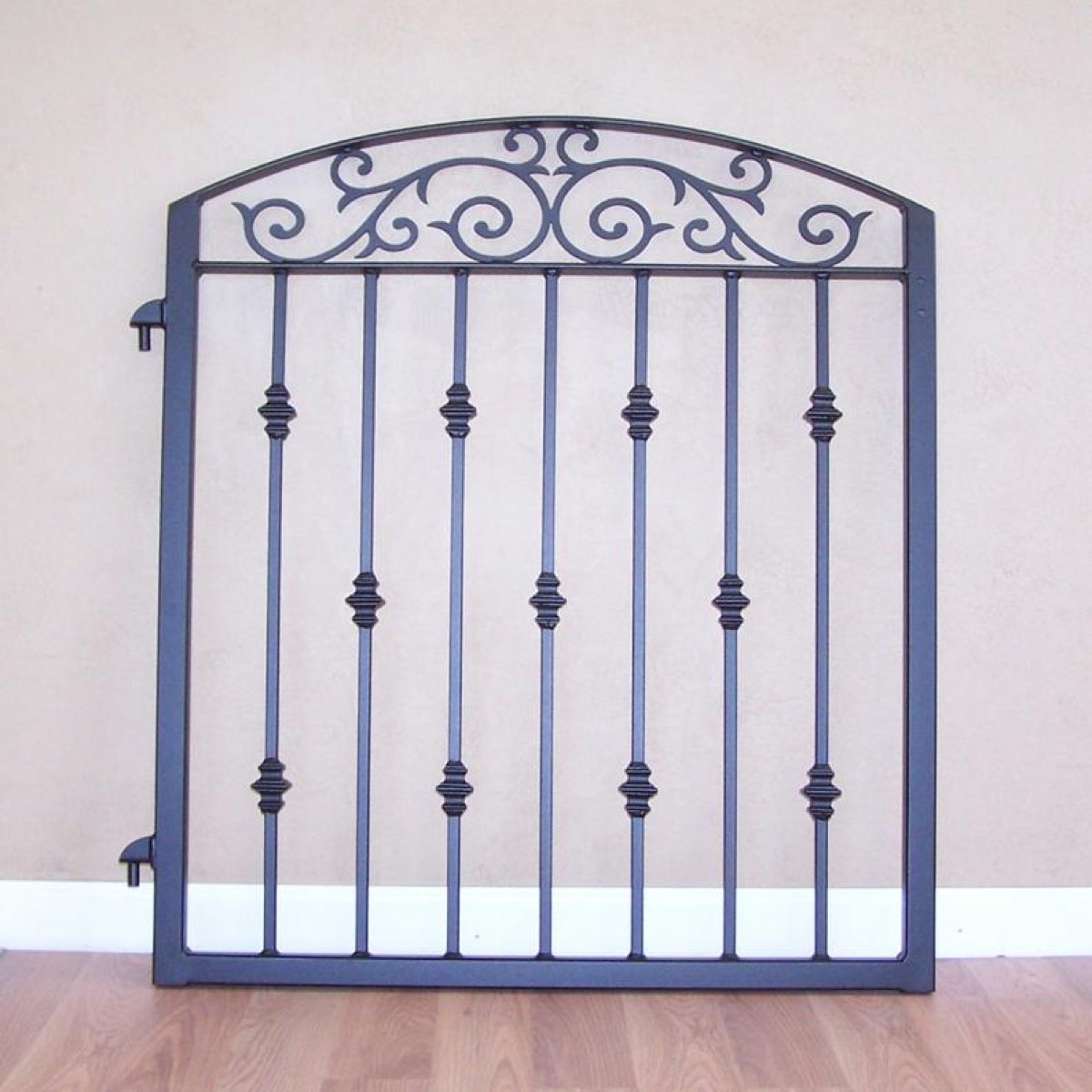
$329; buy now at Etsy
In decades past, wrought iron home accessories—like fences, gates, doors, and window grills—have been largely replaced by wooden or modern manufactured materials. However, as of late, there's been a push to restore this retro home décor institution—and this steel gray wrought iron gate from Etsy, measuring out to three feet wide, is perfect for anyone who's thrilled to see this comeback. And for those home décor trends that should never (we repeat: never) see the light of day again, check out The Worst Home Decorating Trend the Year You Were Born.
To discover more amazing secrets about living your best life, click here to follow us on Instagram!

